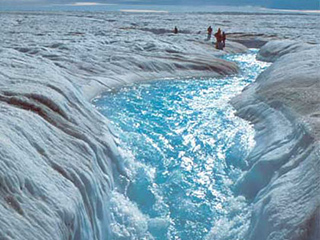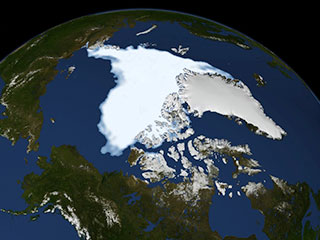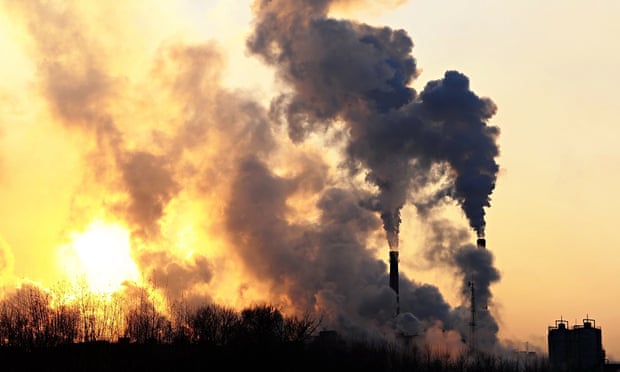« Tous pour le climat ! » : associations, mobilisez-vous !
« Tous pour le climat ! » : associations, mobilisez-vous !
[19/02/2015]
Dans le cadre de la COP21 qui se tiendra en décembre 2015, la Ville de Paris lance un appel à projets « Tous pour le climat ! ». Celui-ci, destiné aux associations, aura pour thème la lutte contre le dérèglement climatique. Associations, déposez vos projets pédagogiques, culturels, artistiques, sportifs, festifs, ludiques ou interactifs avant le 15 mars.
Le climat est l'affaire de tous
En décembre 2015, Paris accueille la 21e Conférence cadre des Nations Unies sur le changement climatique dite COP21. Des Etats aux collectivités en passant par les entreprises et les citoyens ; le climat est l’affaire de tous. L’année 2015 sera celle du climat et Paris son porte-parole. Chaque jour, nous pouvons à notre niveau réduire notre impact sur la planète et toutes les actions entreprises ou à venir sont importantes afin de démontrer que cette réduction est possible.
L'enjeu ? Partager avec chaque concitoyen les avancées des négociations internationales, les faire comprendre, les illustrer, tout en envoyant le message fort de la mobilisation et de l’action.
Appel à projet « Tous pour le climat ! »
Dans cet esprit, la Ville de Paris, par son adjointe en charge du climat, Célia Blauel, a souhaité soutenir largement les initiatives associatives pour la mobilisation et l’information de tous les Parisiens.
L’appel à projet « Tous pour le climat ! » soutiendra financièrement des projets associatifs parisiens pédagogiques, culturels, artistiques, sportifs, festifs, ludiques ou interactifs permettant de couvrir largement les thématiques de la lutte contre le dérèglement climatique et d’animer une dynamique locale et citoyenne. La COP21 se fera aussi en bas de chez vous !
Source:http://www.paris.fr/accueil/environnement/appel-a-projet-tous-pour-le-climat/rub_9654_actu_153425_port_23775
![This graph, based on the comparison of atmospheric samples contained in ice cores and more recent direct measurements, provides evidence that atmospheric CO<sub>2</sub> has increased since the Industrial Revolution. (Source: [[LINK||http://www.ncdc.noaa.gov/paleo/icecore/||NOAA]])](http://climate.nasa.gov/system/content_pages/main_images/203_co2-graph-1280x800.jpg)

 Flowing meltwater from the Greenland ice sheet
Flowing meltwater from the Greenland ice sheet
















